Soybean Weeds
Recommended Content
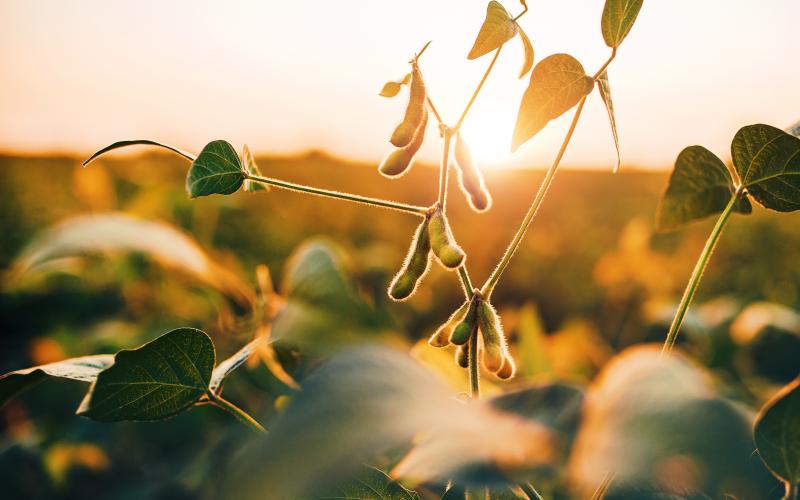
Best Management Practices for Soybean Production
This is your unbiased, research-based guide to soybean production to help increase yield, reduce input costs and protect your investment.
All Soybean Weeds Content
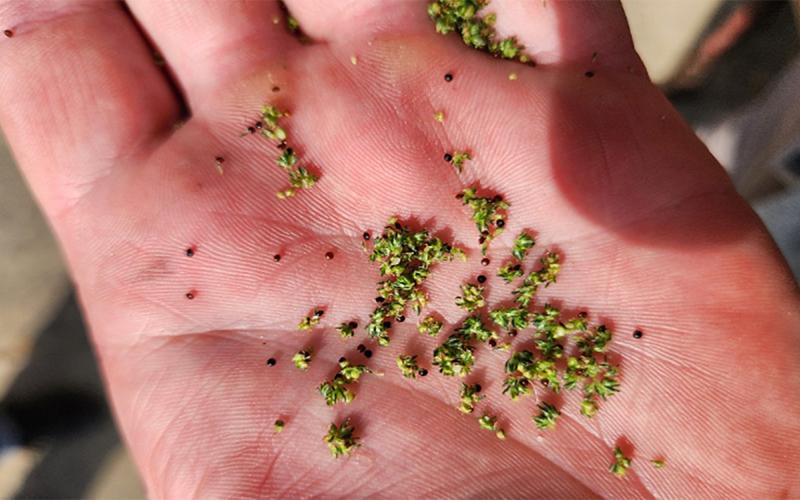
Isolated Female Waterhemp Plant Produced Seed: Implications that pollen is in the air
Recent observations by the SDSU Extension Weed Science team highlight that pollen can move far distances to pollinate isolated female plants. This reinforces the need to effectively manage weeds in fields and adjacent areas.
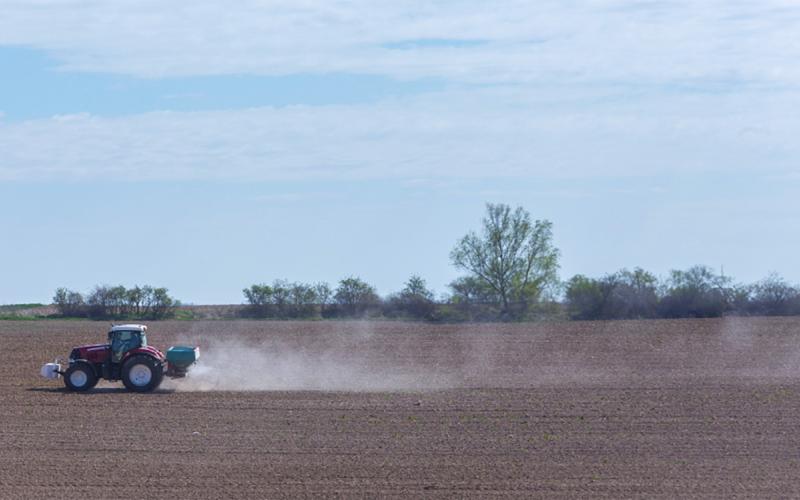
Fall-Applied Residual Herbicides
Many parts of South Dakota can experience dry conditions when residual herbicides are applied, resulting in inadequate weed control. In these areas, residual herbicides can be applied in the fall and take advantage of a longer period to receive activating precipitation.
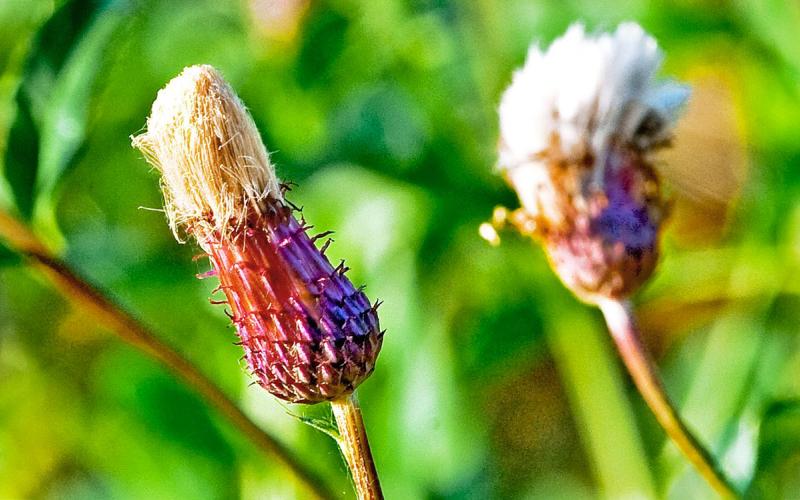
Perennial Weed Management in the Fall
Most herbicide applications to manage perennial weeds have already occurred. However, now is the time to consider fall applications for weeds that were not treated or escaped the spring application.
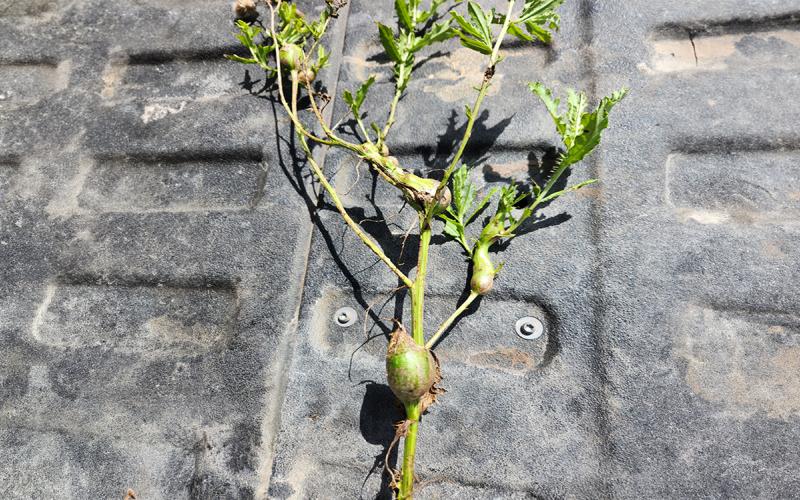
Galls on Canada Thistle: Biological Management at Work
A common sight this summer on Canada thistle is odd growths (also known as galls) on stems. These galls are a product of thistle stem gall fly attacking Canada thistle plants.
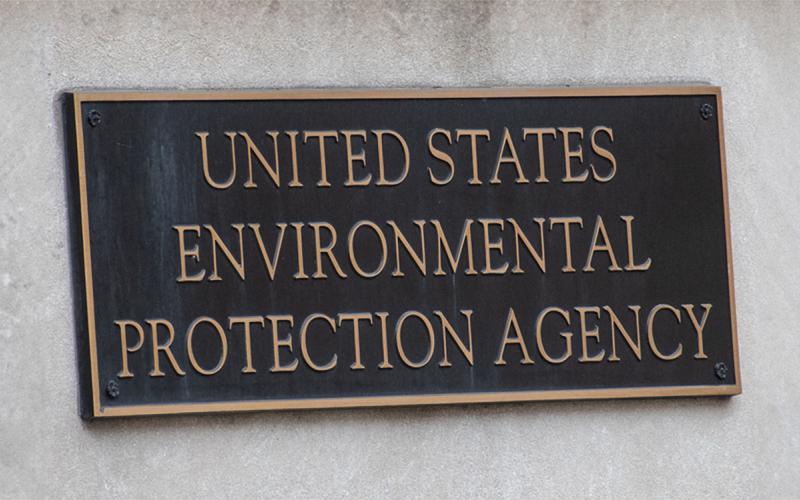
EPA Issues Emergency Order: Stop Using Dacthal
Following a review of data associated with the use of dimethyl tetrachloroterephthalate (sold under the most-common trade name, Dacthal), the EPA has issued an emergency order to stop using this active ingredient effective immediately.
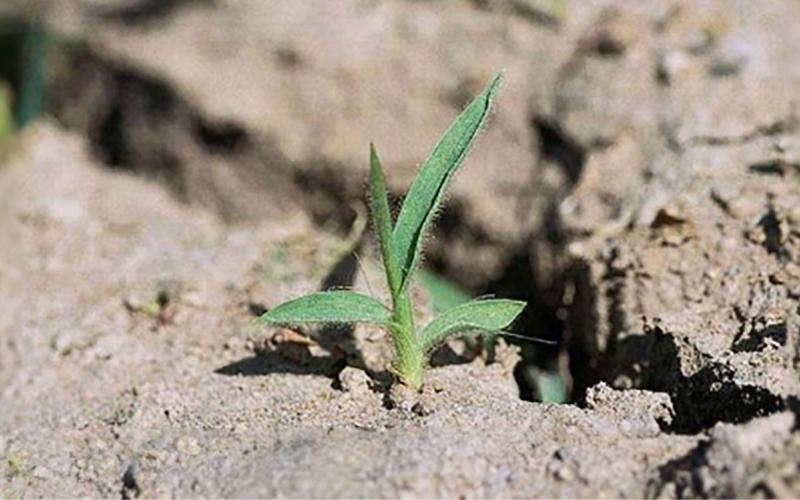
Woolly Cupgrass Management
Compared to other grassy weeds, woolly cupgrass is difficult to manage due to the large seed and tolerance to select herbicides. Proper identification will ensure proper selection of management tactics.
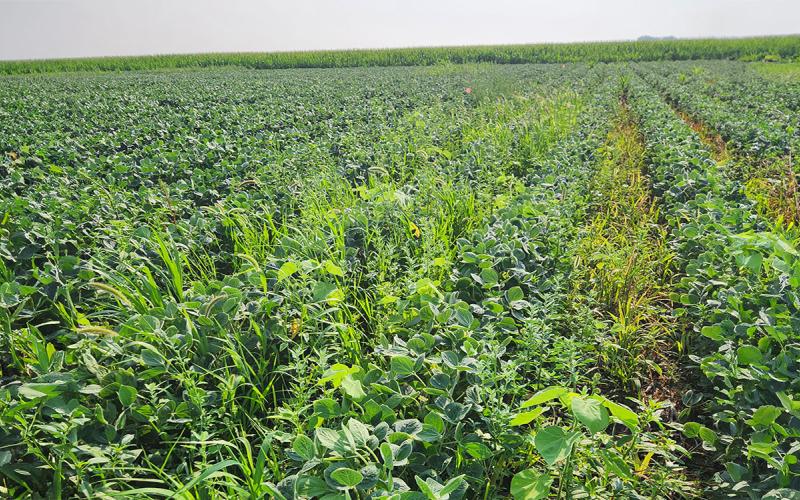
Weeds Are Starting to Flower: Management tactics to minimize seed production in soybean
Flowering weeds are an indication that seed production is about to occur, and viable seeds can soon be produced. Learn a variety of strategies to manage these weeds before they become a problem in your soybean fields.
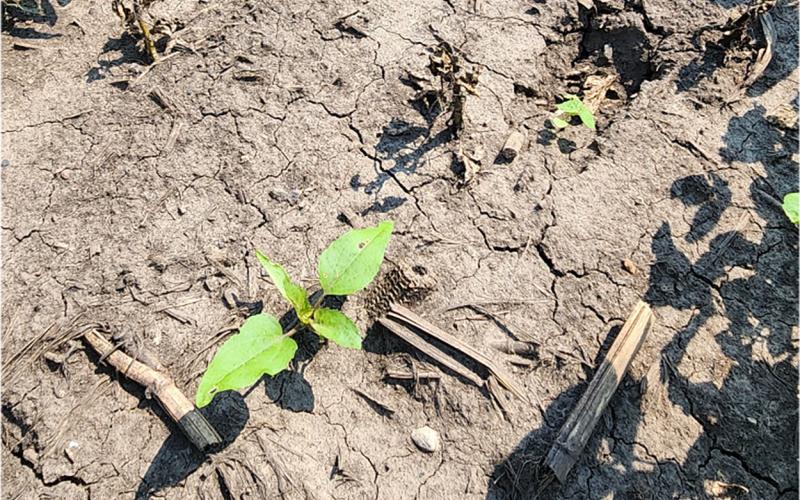
Excess Moisture and Heat Will Likely Increase Weed Growth and Germination
With warmer temperatures on the horizon, crop growth and development is set to rapidly increase, and so is weed growth and germination. Learn some expert tips for scouting and managing later-emerging weeds.
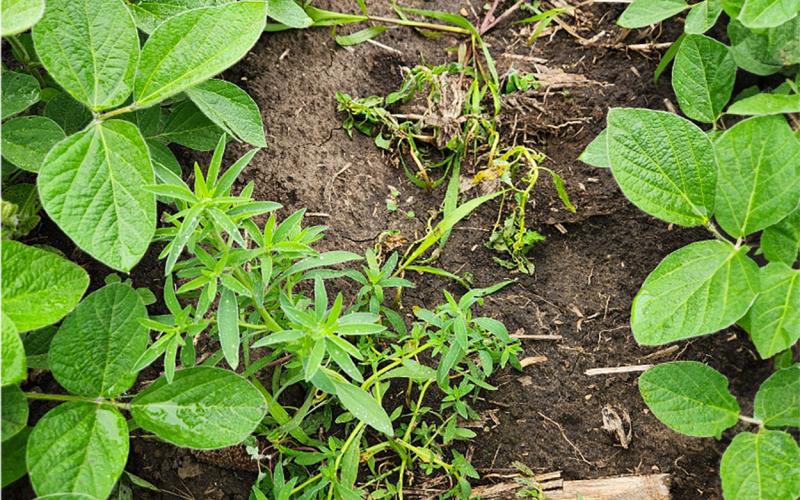
Reminder: One herbicide in the postemergence application will likely not be effective
The SDSU Extension Weed Science Project is currently conducting a plethora of field research evaluating weed management in soybean. One study is investigating the effectiveness of 2,4-D and tank mixtures applied one time to 4-inch weeds.
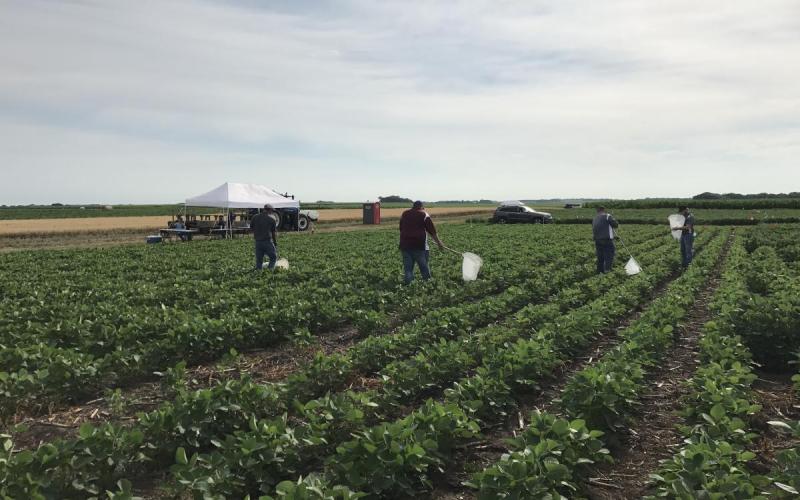
SDSU Extension hosting Integrated Pest Management Field School
July 08, 2024
South Dakota State University Extension will host an Integrated Pest Management Field School on July 23, 2024, by Volga.